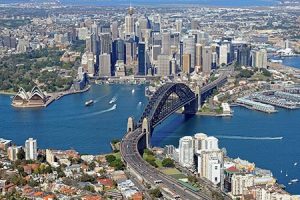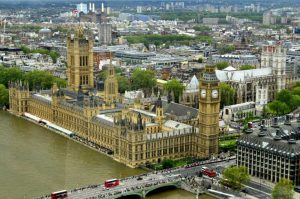Why Study in Australia?

If you are looking for a chance to further your education in a foreign country, Australia is one of the top you can consider. Statistics show that Australia admits the third most number of students with just a population of 23 million. This is so impressive, but when you consider that 7 Australian universities have been shortlisted in the world’s top 100 universities, it is not surprising.
Strong Academic Credentials
Australia as a country has identified the need of a reliable education system and greatly invested in it. With over 1,100 higher learning institutions that foreign students can choose from and over 22,000 courses, Australia can accommodate any student’s education needs. This is irrespective of the discipline they want to focus on. The cities hosting these top class universities are as highly rated as the universities. Five of Australia’s cities are ranked among the 30 best cities to study and work in, globally. Australia is attractive to international students for some elements that include affordable lifestyles, a great mix of students and cultural life, high employment rate and improved quality of life. The country boasts of a tropical climate which is favorable mostly for students coming from colder regions of the world such as Russia.
Welcoming People, Fun Lifestyle
International students who have had the chance to study in Australia have rated the country as having by far, the most welcoming people. The society is multicultural and everyone regardless of their native countries, get to adapt to the warm and friendly aspect of the country. The cities are safe and clean, very much affordable as compared to other cities in the world. Sydney and Melbourne, Australia’s two main cities might be a bit more expensive, but nothing costlier than other major cities.

Value for Money
Australians are naturally a hardworking type, and this is reflected in Australian education programs. Undergraduate programs in Australia are mostly completed in three years, which is a year less when compared to other countries with top-rated education systems. This however is possible when the education provider thinks finds it possible to work with a trimester system for your course. The employment rates in Australia are high and local companies have no problem hiring international students.
The Skilled Occupation List which admits skilled migrants is dynamic and is most likely bound to change before you are through undertaking your course. It is therefore not encouraged for international students to apply for studies in Australia with the main target of migrating to the country.
With over 330,000 international students currently studying in Australia, the education standards of Australia are unmatched. Representing 54 different nationalities, international students have made Australia the 3rd most popular destination for education in the world.
Australia has a market economy with high GDP per capita and a low rate of poverty. The Australian dollar is the currency for the nation. Australia has a market economy with high GDP per capita and a low rate of poverty. Australia is the world’s thirteenth largest economy and has the fifth highest per capita GDP at $66,984; significantly higher than that of the United States, United Kingdom, Germany, France, Canada, Japan, and New Zealand. The country was ranked second in the United Nations 2011 Human Development Index. Melbourne reached first place on The Economist’s 2011 World’s Most Livable Cities list, followed by Sydney, Perth, and Adelaide in sixth, eighth, and ninth place respectively. In common with many other developed countries, Australia is experiencing a demographic shift towards an older population, with more retirees and fewer people of working age.





